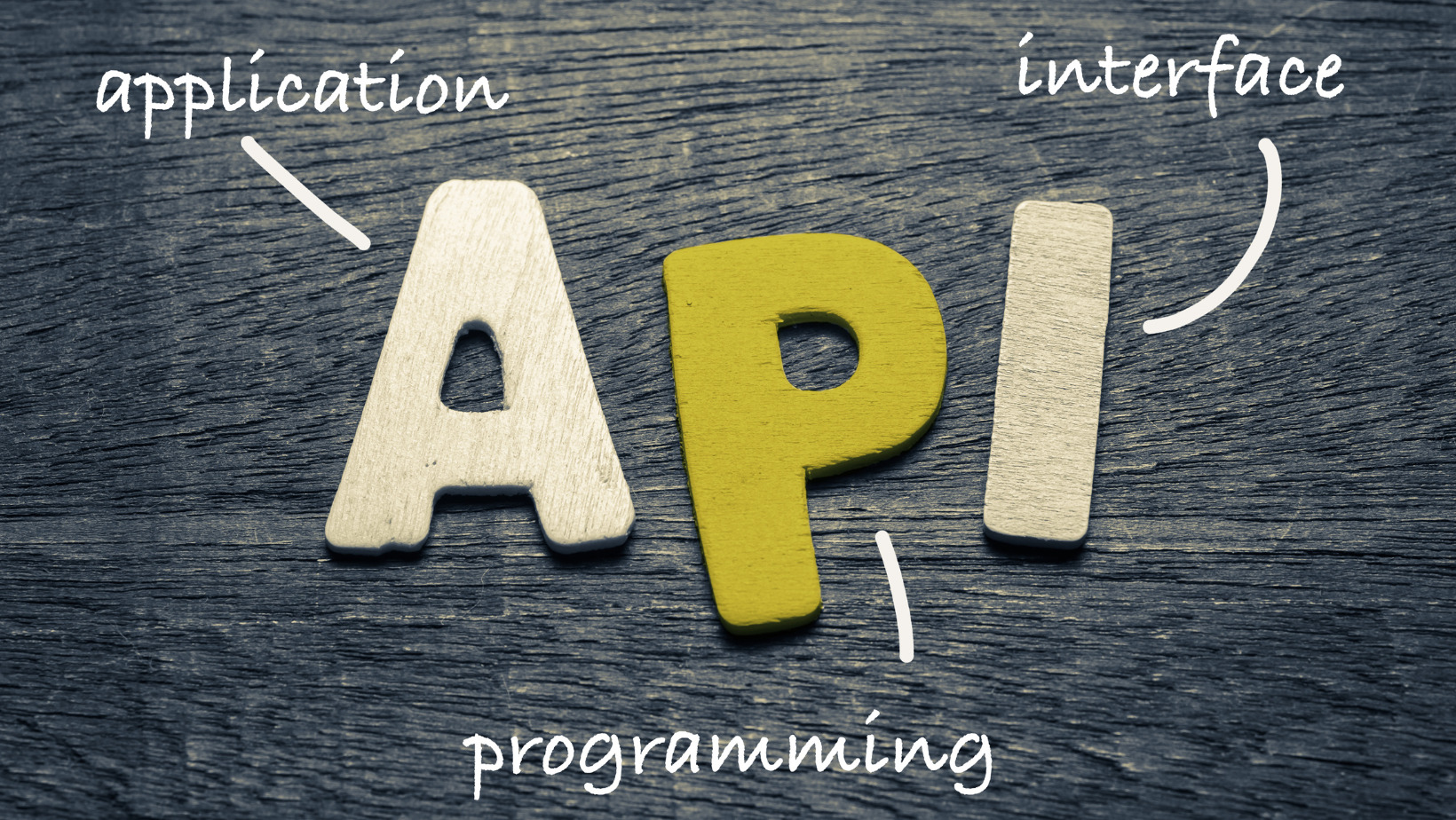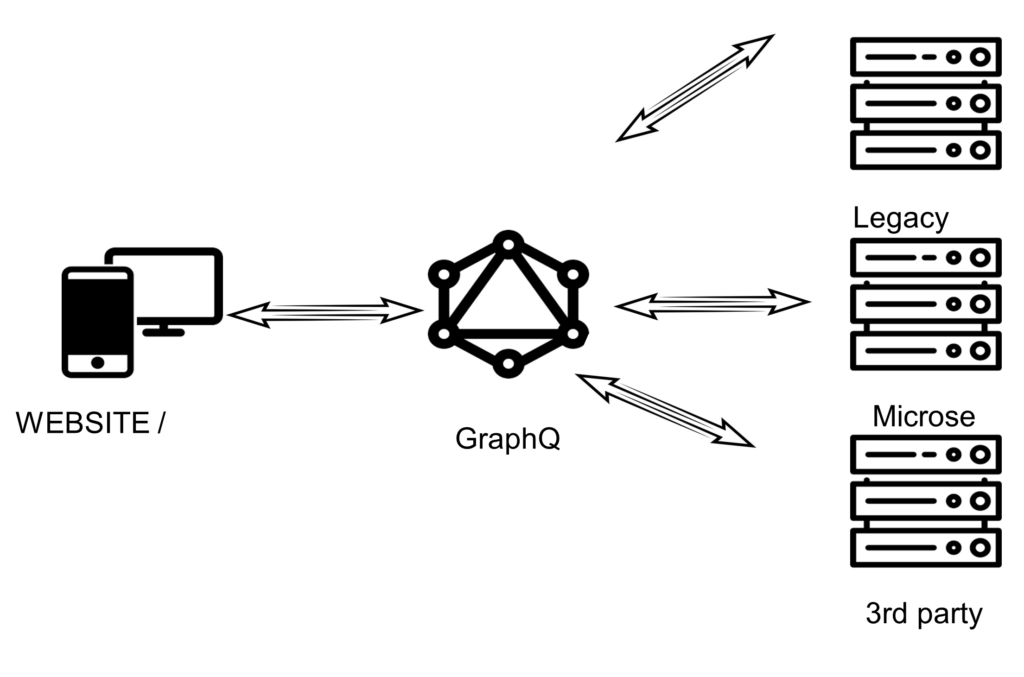An Analysis of the Improvements of GraphQL Versus REST API
What is GraphQL? According to the official site, GraphQL is a query and data manipulation language for APIs and a framework for executing those queries. The language was developed in 2012 at Facebook for the internal needs of the company. In 2015, it was released to the public. Since November 7, 2018, it has been […]
Technologies

What is GraphQL?
According to the official site, GraphQL is a query and data manipulation language for APIs and a framework for executing those queries.
The language was developed in 2012 at Facebook for the internal needs of the company. In 2015, it was released to the public. Since November 7, 2018, it has been developed not by Facebook, but by the GraphQL Foundation. Of course, the project has been developing quite actively since 2012, but it gained popularity after it received open-source status.
Let’s look at the basic principles of Rest API and GraphQL.
REST APIs

API is an abbreviation for Application Programming Interface. An API represents a set of rules and functions that allow two different applications to communicate with each other. Such interfaces make it easier to integrate applications, enabling developers to create powerful digital solutions.
The API acts as an intermediary between applications by sending requests and responses. For example, registering in the application through an existing Google account.
REST or Representational state transfer, which translates as presentation state transfer, is an architectural style of API design using the HTTP protocol. The main advantage of REST is greater flexibility.
The REST API is used wherever there is a need to provide data from the server to the user of a web application or site.
GraphQL

GraphQL is an API query language. It displays the data provided by the server so that the client can choose exactly what he or she needs.
Additionally, with GraphQL, one can receive multiple server resources with a single call, rather than making multiple REST API calls.
Some positive moments of the transition to GraphQL
No version APIs
The REST API has versions, and as the service develops, more versions are added. This, as a consequence, leads to problems in the future. For example, when there are many versions, we cannot know which one is currently up-to-date, or after we applied the new security policy in one version, we did not apply this policy in the old version. At the same time, we cannot just turn off the old version of the API, because it’s still being used.
GraphQL, on the other hand, has only one version of the graph. To keep track of the graph’s evolution over time, we register it in the schema registry. The registry works similarly to a version control system.
Reducing the flow of transmitted data
The REST API does not allow one to define the fields that one will receive in response from the server. One will always receive the same set of fields, which can significantly increase the traffic required for your application to work. If one is working with a poor quality Internet connection, this will increase the time response.
At the same time, GraphQL allows one to select the fields in which one really has a need. In some types of applications, this will lead to a significant reduction in traffic and, as a result, to greater performance.

Data is usually transmitted in JSON format, and if we get a smaller volume server response, then the resources for parsing this response will take less.
Reducing the number of client requests
In order to get nested objects in the REST API, one must make a number of requests. If this is a cascade of large nesting, then this can significantly reduce performance.
In turn, in GraphQL, we make only one request and get all the information we are interested in.
Less time spent on API documentation
Usually, when developing REST APIs, they use Swagger. This tool does a wonderful job if we work within the same service. Difficulties arise if we have a number of microservices and third-party resources.
In GraphQL, we use schemas that are strongly typed and located in one place. As a result, the developer does not have to jump around different repositories for a common understanding of how the API works. In turn, there are a number of tools that will help one study the graph structure: GraphiQL, GraphQL Playground, and others.
Conclusion
In this blog, I have only covered some of the benefits of GraphQL over REST/RESTful APIs.
Yes, GraphQL does have advantages over the classic REST, but this is not a rule for using GraphQL all the time. When choosing a technology, one should always take into account the specifics of the project and choose a technology based on it. If one has a simple project with small amounts of data stored in one database, and one does not have microservices, then the option of using GraphQL will be redundant and will lead to a decrease in performance.
One of the first steps of creating the best custom application is choosing the tools that will help one achieve it. To find out more about how our team can help your team with a custom solution, schedule a free assessment.




